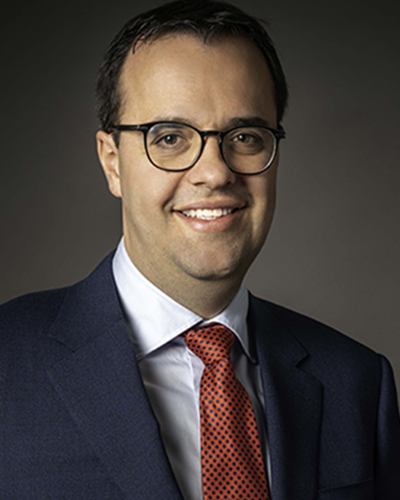

A software based on artificial intelligence (AI) developed in collaboration with John A. Moran Eye Center physician-scientists Steffen Schmitz-Valckenberg, MD, and Monika Fleckenstein, MD, could assist age-related macular degeneration (AMD) research worldwide.
There is no cure for dry AMD, a leading cause of blindness for those over age 55 that kills retinal cells and destroys central vision. Researchers measure the growth of so-called geographic atrophy, or lesions in the retina during the dry late stages of the disease, to evaluate the effectiveness of treatments.
In a new study published in JAMA Ophthalmology, Schmitz-Valckenberg, Fleckenstein, collaborators from the University of Bonn, and Stanford University’s Maximillian Pfau, MD, detail how they have developed software that allows them to identify and measure a new marker of the disease.
Using so-called "deep learning" AI that can learn from examples to solve complex problems, the researchers examined retinal images from 89 AMD patients with geographic atrophy and 93 normal eyes. They found AI could effectively measure photoreceptor deterioration to determine whether an AMD treatment is beneficial.
"The development of artificial intelligence-based software will allow us to quickly and accurately identify changes in the eyes of late-stage AMD patients in a new way,’ said Schmitz-Valckenberg, who directs the Utah Retinal Reading Center (UREAD) at Moran. "Now, we can automatically detect photoreceptor decline outside regions of clear geographic atrophy."
Developing New Treatments for AMD
Fleckenstein called the discovery an important step forward in developing new therapies for AMD and could accelerate the pace of drug development worldwide.
"This is a breakthrough that could assist the development of AMD therapies that focus on protecting photoreceptors to slow down the progression of AMD and resulting vision loss," said Fleckenstein.
Schmitz-Valckenberg and Fleckenstein are both members of the Moran Eye Center’s Sharon Eccles Steele Center for Translational Medicine (SCTM). The SCTM team is working to bring a potential new therapy for AMD to clinical trials.